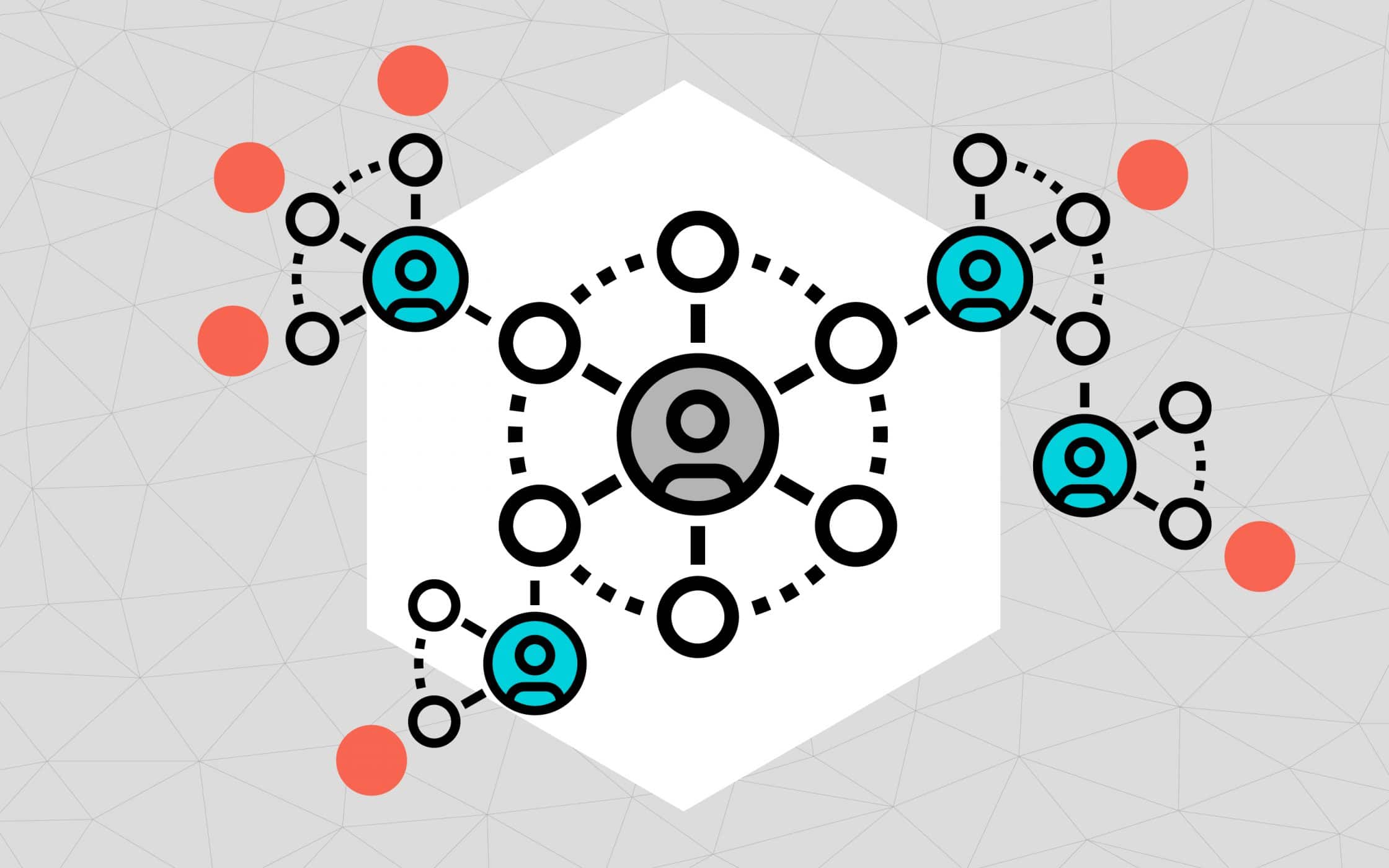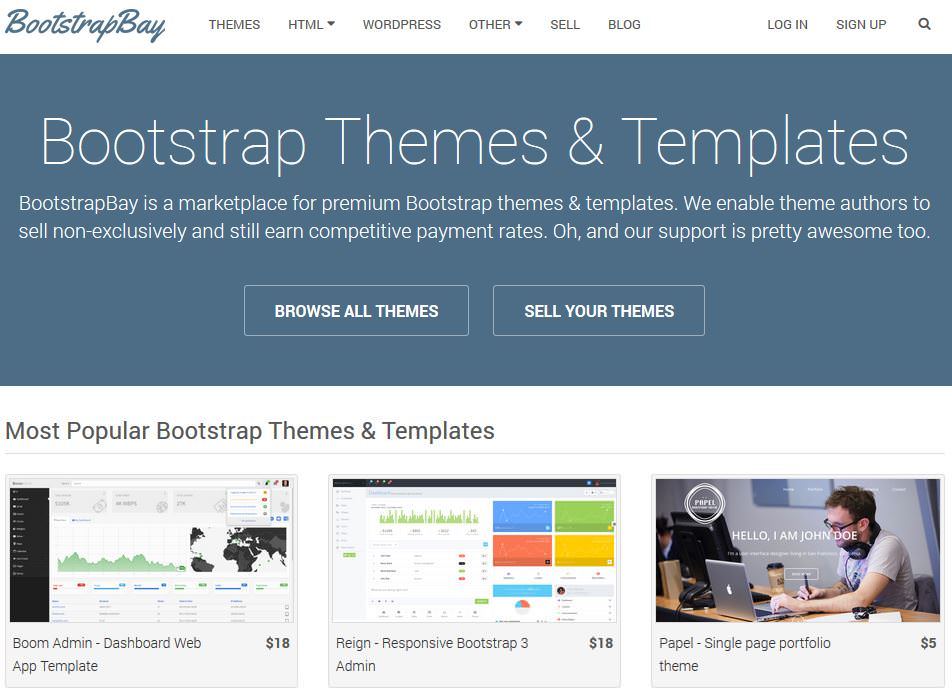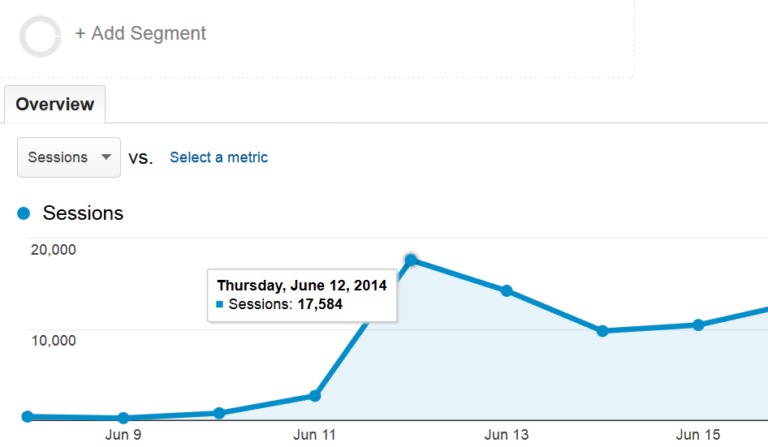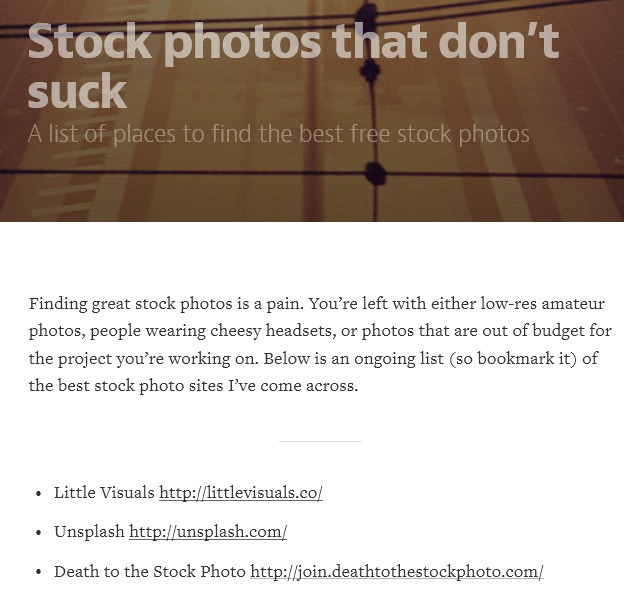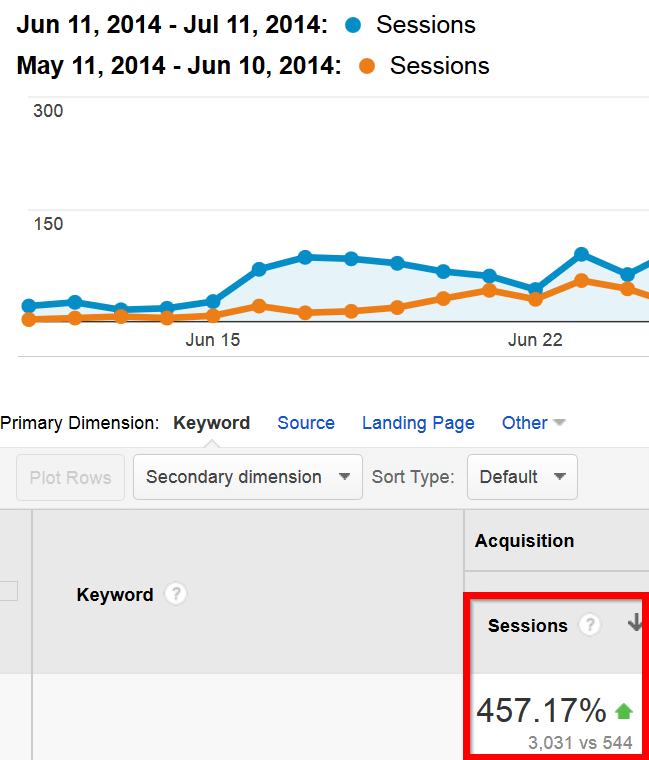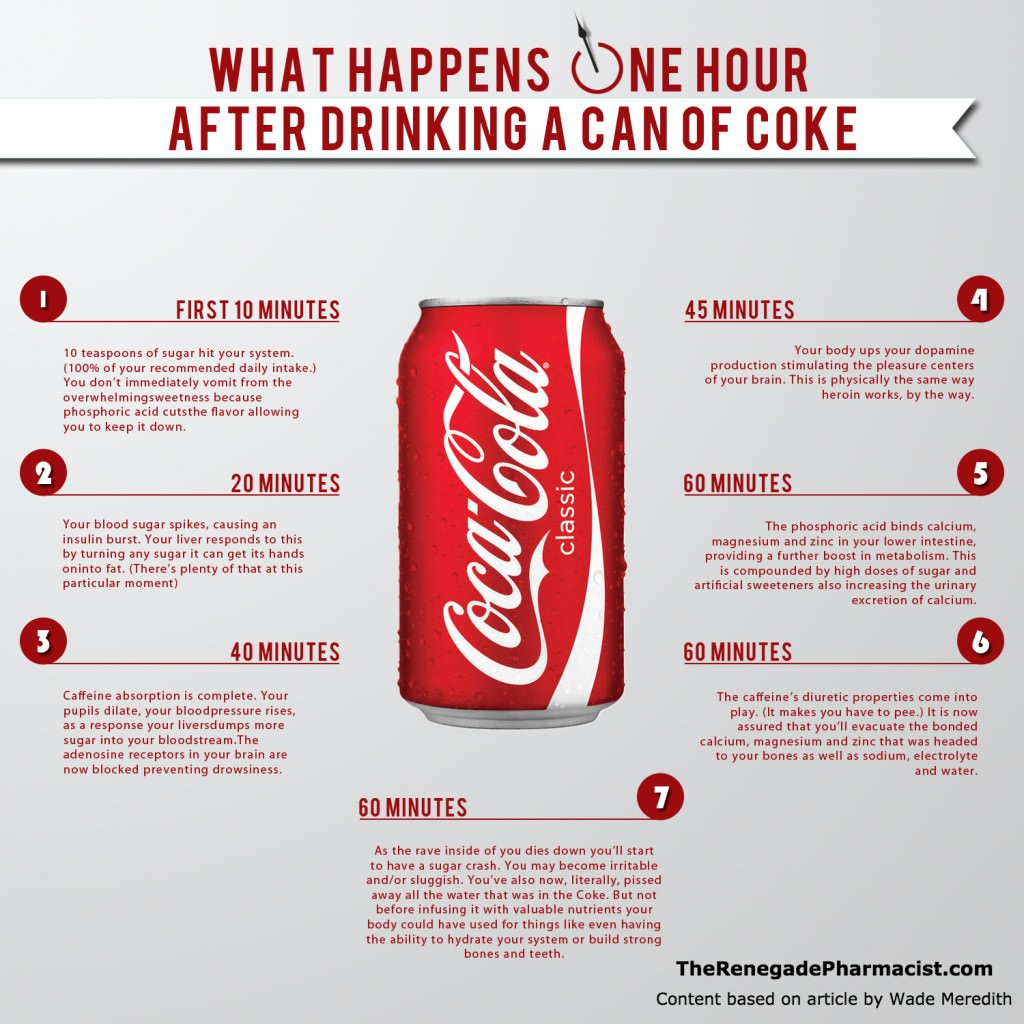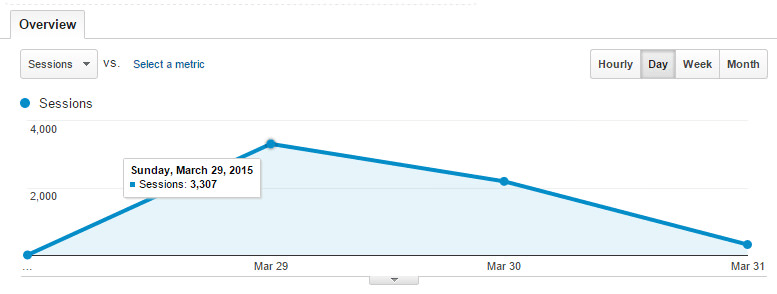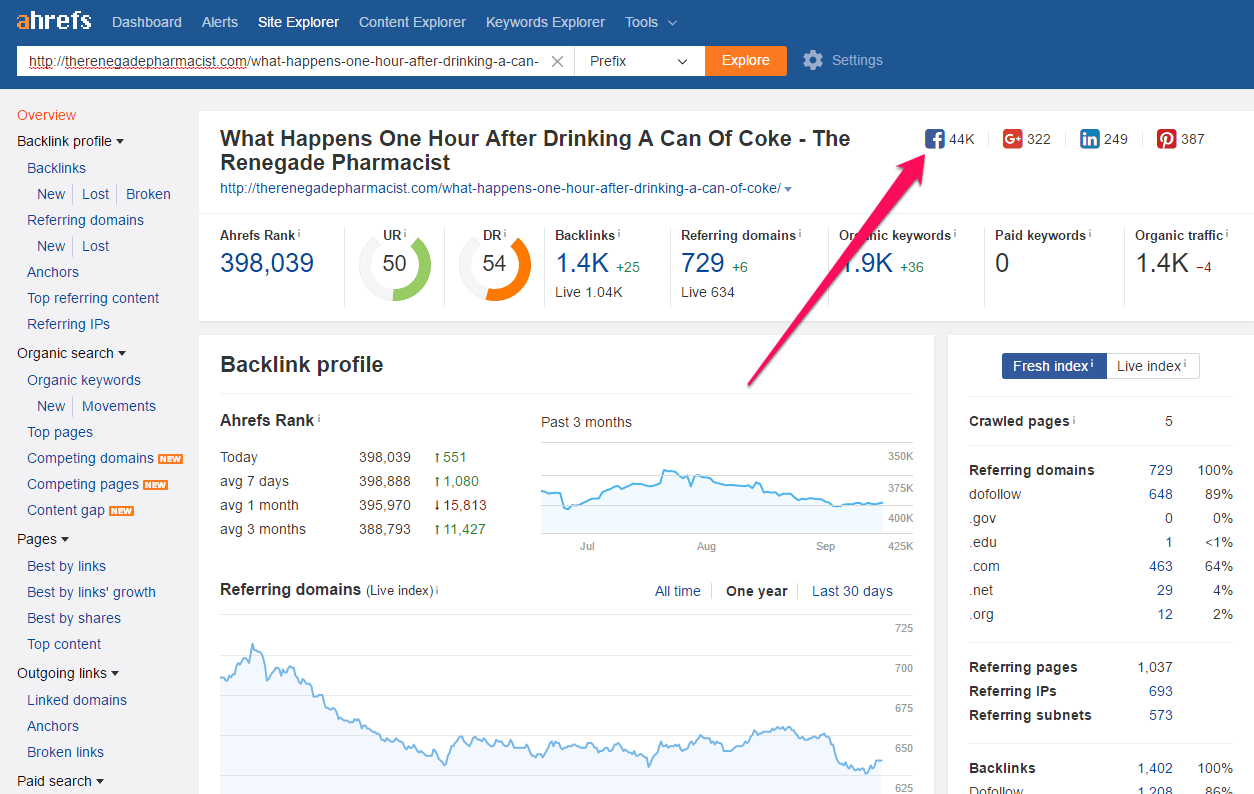If you are a fan of action and war movies, then you are inevitably familiar with the generic, yet treasured guest appearance of what is known in military terms as a “force multiplier.”
This is the air strike that wipes out the enemy and saves the day, the heavy machine gun that turns the tides of battle, or the beloved sniper who eliminates the enemy leader, ending the fight before it starts.
In online marketing, viral content is your force multiplier.
And while it won’t be blowing up bad guys and sending you a smug “Tango down” over the radio, if you can learn the requisite lessons to create a viral campaign, it can completely salvage your dying content marketing efforts, give you the leg up on your competition, and boost brand awareness in the blink of an eye.
But there’s a problem.
Unlike other elements of business, content virality is not an exact science, and there are no clear ground rules for ensuring any campaign will spread like a revenue generating “virus.”
However, there are a number of entrepreneurs who have achieved their goals of virality, and by closely examining and learning from their strategies and procedures, you can equip yourself with everything you need to boost your odds of going viral and taking your company to new heights.
Bootstrap Bay: Skyscraping Your Way to 17,584 New Visitors
Chris Gimmer, the founder of Bootstrap Bay, a bootstrap theme and template website found himself in an odd predicament.
He had recently waved goodbye to his 9-5, started his business, and now found himself in a highly competitive market with almost no connections and zero experience.
To quote the famous philosopher Scooby Doo “Ruh Ro”
However, Chris had a plan, by using something called the skyscraper technique, Chris was able to build a viral content campaign that generated over 17,854 visitors in a single day.
That’s right, one day.
How did he do this?
By following a simple but powerful technique and exploiting his competition’s weaknesses to his advantage.
The Setup:
Chris realized that, while his industry was highly saturated with bigger brand names and more powerful companies, their success had made them lazy.
The industry’s content marketing efforts had become lackadaisical at best, giving Chris the perfect opportunity to exploit this gap in the market and propel his business forward.
And he did this in three simple steps.
Step 1: Find Epic Content with a Proven Track Record
The first step that Chris took was to research content in the industry that had a proven track record of success.
Content that had gone viral, generated a large number of leads, or held a top ranking in Google for a significant amount of time.
But he wasn’t just finding this content for kicks and giggles.
He was looking for high performing content that had fillable gaps.
Content that could be improved upon and deepened to provide more value to the reader’s and consequently generate more leads for his company.
Luckily for Chris, he was able to quickly track down a piece of content fitting this exact description.
Chris knew he had found exactly what he was looking for when he read the article “Stock Photo Sites that Don’t Suck.”
This generic list of websites, despite its overly basic information and lack of any unique marketplace value, had a high number of social shares, 290 upvotes on reddit, and an impressive search engine ranking.
And so, Chris set about working the magic of the skyscraper technique.
Step 2: Improve the Content and Fill in the Gaps
The guiding principle behind the skyscraper technique is to take old content and augment it with current and strategic improvements to boost its value to readers.
And this is exactly what Chris did.
He turned the post into a full article, curated a complete list of resources, included valuable details about photo licensing, and then topped it all off by providing descriptions and samples from each website.
Now, with his epic piece of content Chris only had one step left.
Step 3: Promotion, Promotion, Promotion
No matter how incredible your “reinvented” content is, it will never go viral without proper promotion.
So the next step Chris took was to promote his content across different platforms and subgroups frequented by his ideal customer.
Chris promoted his new article on the web design Subreddit and StumbleUpon, and then…
Well, you know the rest of the story.
To Summarize:
- Find high performing content in your niche that you can strategically improve and “reinvent” to offer more value to your audience.
- Rewrite that content, filling in the gaps and providing fresh insights.
- Promote the heck out of your new content and watch the virality ensue.
Renegade Pharmacist: How One Infographic Lead to 44,000 Facebook Shares
Most of you are probably familiar with the article “What Happens One Hour After Drinking a Can of Coke?”
However, many of you may not realize the true genius of this article and the mastermind behind it.
You see, this article generated enough social buzz and attention to take a no-name pharmacy blog from an online ghost to one of the most popular websites on the planet (if just for a day).
All it took was an infographic and a can of coke.
The Setup:
Taking information from Wade Meredith’s 2006 writing on the same subject, the renegade pharmacist repurposed the content and added in an infographic.
And after two months of SEO silence, the article came to life.
Here’s how.
Lesson 1: Embrace Visual Marketing
Look, most people don’t have the time or desire to read copious amounts of content each and every day.
Therefore, creating visual content that is easy to digest and understand is an essential step to creating viral content.
In the case of this article, this was accomplished through a simple infographic, but it can be anything from a video to a gallery, to a meme.
Lesson 2: Share Your Content in the Right Places
The article was relatively unknown until it was shared in the subreddit interestingasf**k which has over 750,000 subscribers.
And while I highly encourage you to promote your content to as many relevant mediums as possible, for The Renegade Pharmacist, this one subreddit was all he needed.
The article spread like a fire and was quickly shared on major publications like The Huffington Post, Yahoo!, and countless others.
Some authoritative shares and 44,000 Facebook shares later, and this simple article became one of the most widely read pieces of content on the planet.
Lesson 3: Relevant and Current Topics Matter
Now, imagine that this same article had been written about cigarettes.
Do you think the results would have been the same?
I certainly don’t, because quite frankly, cigarettes are out of style.
Everyone knows that smoking is bad for you and the number of smokers in the population is decreasing every day.
However, nearly everyone drinks Coke, and most people do not realize the effects it is having on their body.
This made it the perfect topic for a viral marketing effort.
It was controversial, emotional, and defiant (big brands don’t like it when you bash their products), and it was exactly what was needed to take give this pharmacist his 60-seconds of fame.
To Summarize
- Viral content needs to be about a topic that is current, emotional, and relevant to a wide demographic.
- Utilizing infographics and other visual mediums is an easy way to improve streamline content consumption and increase social sharing.
- All it takes is one well placed promotion to go viral (but you should definitely use more).
Conclusion
Content virality is 1 part luck and 2 parts skill.
It requires skill to create worthy content and promote that content effectively across different channels.
But it also requires that you are lucky and that your content is published in the right place at the right time.
So if you aren’t seeing the viral results that you want right now, don’t lose hope.
Keep an eye on content trends and do everything in your power to solve the puzzle of content virality.
Keep creating killer content, marketing the hell out of it, and keeping your head high, because success is sure to come.
